How to Make Perfect Boiled Eggs
If you’re making classic Southern deviled eggs or classic egg salad, you’need to know how to make perfect boiled eggs first. Here, you’ll learn different methods, as as how to easily peel the eggshells and how to avoid that nasty green ring.
Make perfect hard-boiled eggs
The perfect hard-boiled egg is true white, without a gray-green ring, and has a fluffy yellow yolk, and takes about 14 minutes to cook.
Believe it or not, “hard boiled” doesn’t mean “hard-boiled” literally — it means simmered or steamed in water that has reached 212ºF.
3 Basic Methods
- 2 Hot Start Methods
- 1 Cold Start Method (recommended)

After many years of experimenting with these three methods, I find the Cold Start method the most reliable, particularly for electric stoves.
The hot start methods seem to vary when cooked on an electric stove, but were consistently successful on a gas stove. If you’re unsure as to which method to use, I recommend the Cold Start Method.
2 Hot-start methods
Method 1: Simmering
- Remove eggs from refrigerator and allow to sit for 15 minutes to avoid cracking
- Bring water to rolling boil
- Add eggs to water; boil for 1-minute
- Turn down heat to simmering (where a few bubbles form on the bottom and rise gently, but barely get to the surface)
- Simmer eggs uncovered 10-14 minutes
- Place boiled eggs in a cold ice-water bath for 10 minutes
Method 2: Steaming
- Remove eggs from refrigerator and allow to sit for 15 minutes to avoid cracking
- Bring water to rolling boil
- Add eggs to water; boil for 1-minute
- After 1-minute, place a lid on the pan
- Remove pan from heat, and allow to stand for 17-20 minutes
- Place boiled eggs in a cold ice-water bath for 10 minutes
Cold-start method: recommended
- Place eggs in a pan with enough cold water to cover them by about one inch
- Bring water to rolling boil; boil for 1-minute
- After 1-minute reduce heat to simmer for 14-minutes, uncovered
- Immediately transfer to cold ice water bath for 10 minutes
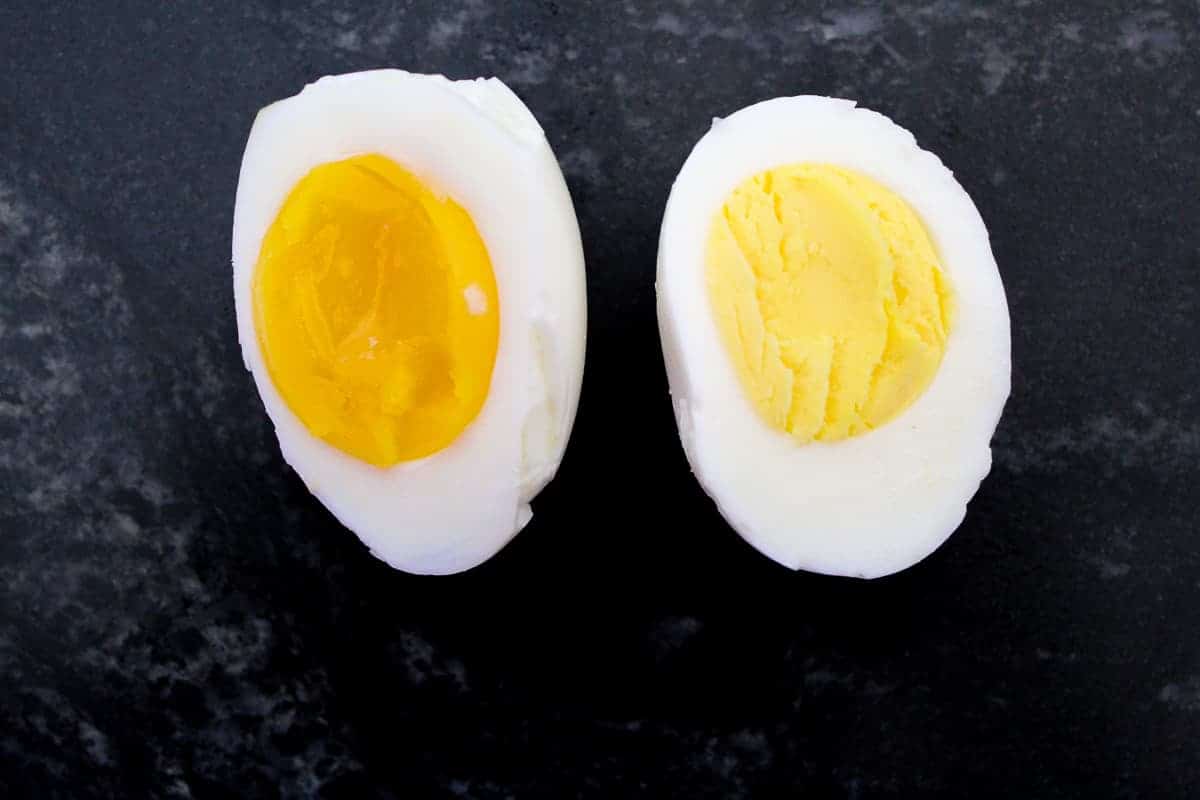
Why do hard boiled eggs turn green?
The nasty green ring is caused by the reaction of hydrogen sulfide (from the white part) with the iron from the yolk. A green ring occurs more often in older and over-cooked eggs.
Regardless of the method used, the most important thing to do is to submerge them in icy cold water after they’ve simmered.
This stops the cooking process and prevents the ugly greenish-gray ring around the yolk.
How to easily peel hard boiled eggs
Many a Southern cook has been frustrated with peeling the eggshell…sometimes, it just won’t come off nicely, resulting in an ugly egg. This is due to the shell membrane that is between the shell and the egg.

If the egg is too fresh, this thin, almost transluscent coating sticks to the egg–not the shell, making it really hard to get a smooth peeled egg.
So if you want “pretty deviled eggs” two things must exist:
You must use old eggs
What does “old eggs” mean exactly? Well, if you’re using farm-fresh eggs, you want the eggs to be at least 5-days old. If you’re like most of us and using eggs from the grocery store, you want them to be up to 14-days old.
Water must be at a rolling boil for a minute
The temperature of the water is critical to the success of a hard-boiled egg. Boiling point is 212ºF and is evident when big bubbles surface to the top of the water. In case of doubt, use a thermometer to ensure your water is truly at the boiling point.
Adding vinegar or baking soda
The addition of vinegar (acid) or baking soda (alkaline) may help in making fresh eggs peel easier. Baking soda softens the shell and vinegar toughens it.
In my experiments, both work equally well on OLD eggs (grocery store eggs that were almost about to “expire.”)
If you’re using farm fresh eggs less than a week old, baking soda is the recommended additive.
Peeling hard-boiled under a light stream of cold water helps release the shell membrane and results in a smoother surface.
How to get the yolk out
A hard-boiled egg has a light-yellow, fluffy yolk; an easy way to remove the yolk out is to slightly bend the egg white and use the edge of a spoon to loosenit…just a nudge with the spoon edge and the yolk falls right out!
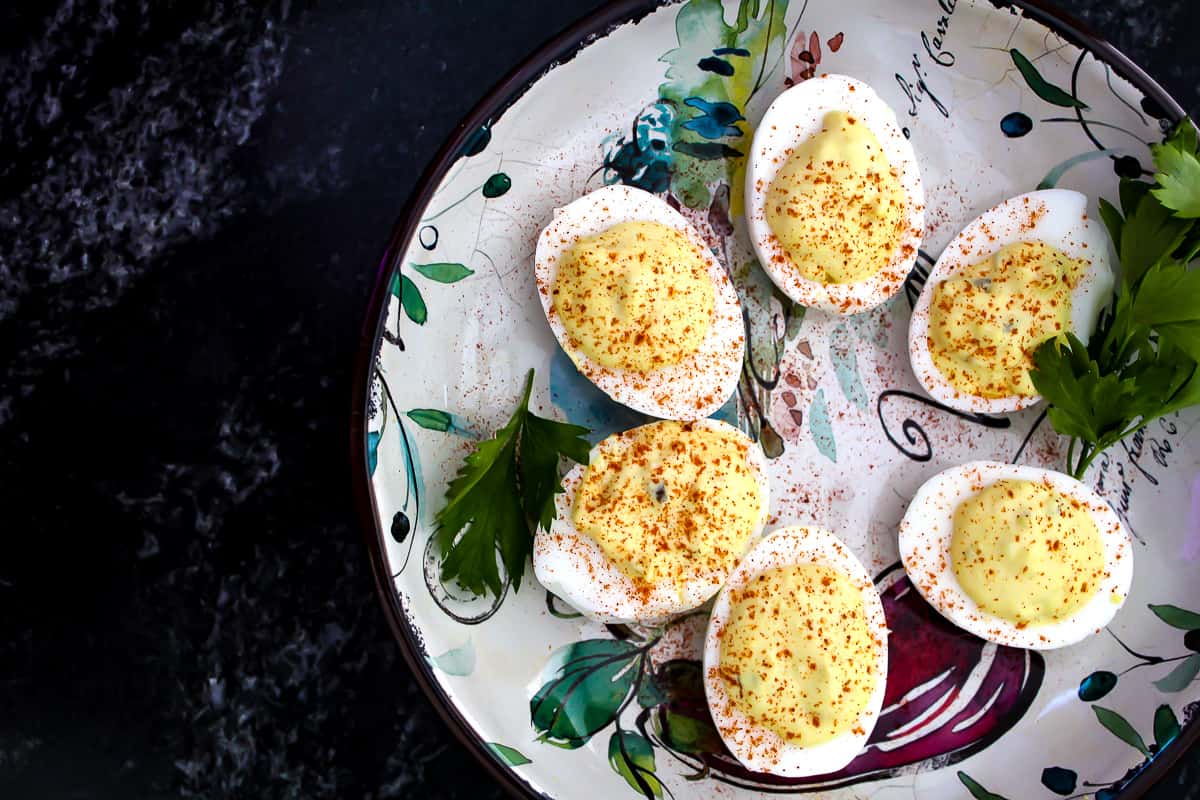
How to determine freshness
Another important facet is the freshness. There a couple of ways to determine this; however, you’ll want to buy eggs that are at least five days old…why? Read on…
What’s a Julian Date?
On the end of some egg cartons are three-digit numbers called the Julian date, which represents the day the eggs were packed. These numbers range from 001-365, representing the days of the year with January 1 being 001 and December 31 being 365.
For eggs packed on March 28th, the Julian date would be 087. (Additional numbers on the egg carton represent the manufacturer’s plant identification.)
When you buy eggs, check the Julian date and select a carton that has eggs at least five days old.
If the Julian date is not printed on the carton, go by the expiration date. Most of the eggs in the grocery store show an expiration date about three weeks out and the likelihood of getting “fresh” eggs is slim.
Keep this in mind, especially if you’re planning to make deviled eggs for a special occasion. You’ll want to buy your eggs about 3-4 weeks in advance for easy peeling.
Does it Float?
Another way to determine freshness is to place the egg in water. Fresh eggs will sink and stand more upright because their air sac is small. Old eggs will float.
Does it Spread Out?
If you need to test an egg from the carton, use this technique to determine freshness. Crack an egg onto a plate.
A fresh egg will produce a yolk that is centered, stands up in a rounded form and has a large proportion of thick white around the yolk.
If the egg spreads out on a plate with an off-center yolk and a lot of clear, thin yolk white yolk it is an older egg and ideal for deviled eggs.
Difference in Egg Grades and Size
- Grade AA? A? Jumbo? Large? Regular?
- This is always an interesting choice at the grocery… what size and grade do I buy?
- Eggs are graded as U.S. AA, A or B, according to USDA standards, however, the grading of eggs does not take into account weight or shell color.
- Without going into the complex world of egg candling, let’s just agree that Grades AA are near perfect eggs, ideal for making the perfect boiled egg. Grade A are good and Grade B are generally used for commercial uses such as egg powders, etc.
- When a recipe calls for an egg, it is usually based on large.
Storage
- Store eggs in their original carton on the top shelf and not in the egg bin on the door! If you store them in the door, air flows around the eggs and facilitates the loss of carbon dioxide and moisture, aging the eggs faster.
- Store the cartons at 40° F or below
- Never rinse an egg– rinsing permeates the protective shell, allowing gases to escape, and the egg ages faster.
- An egg at room temperature will age more in one day than in one week in the refrigerator.
- Generally, eggs that are 3-5 weeks old are safe to use in foods

Now that you know how to make perfect hard boiled eggs, you might want to make a Classic Egg Salad Sandwich!
Related topics:
- Deviled Ham
- Southern Potato Salad
- How to Season and Cook Purple Hull Peas
- Homemade Caesar Salad Dressing

Deviled Eggs
Ingredients
- 1 dozen large eggs
- ¼ cup mayonnaise
- 3 tablespoons yellow mustard
- 2 tablespoons relish sweet or dill, drained
- ½ teaspoon white vinegar
- ½ tablespoon minced raw onion
- 1 tsp salt
Instructions
- Hard boil eggs (see The Perfect Boiled Egg)
- Cool and peel eggs; slice eggs in half lengthwise1 dozen large eggs
- Remove yolks and place in bowl
- Add remaining ingredients and mix well; refrigerate mixture for about 10 minutes to avoid a runny yolk filling¼ cup mayonnaise, 3 tablespoons yellow mustard, 2 tablespoons relish, ½ teaspoon white vinegar, ½ tablespoon minced raw onion, 1 tsp salt
- Scoop egg yolk mixture back into hard boiled egg whites
- Garnish with paprika and serve
Notes
- Use old eggs; this means use eggs that are a day or two older than the expiration date on the egg carton
- Drain relish by placing it in a paper towel or dish cloth; squeeze any moisture out
- If your boiling farm fresh eggs, add 1 teaspoon of baking soda to the water
- If your filling is too runny, use the whisk attachment on a mixer and whisk it about 3-4 minutes then refrigerate again
Nutrition Estimate

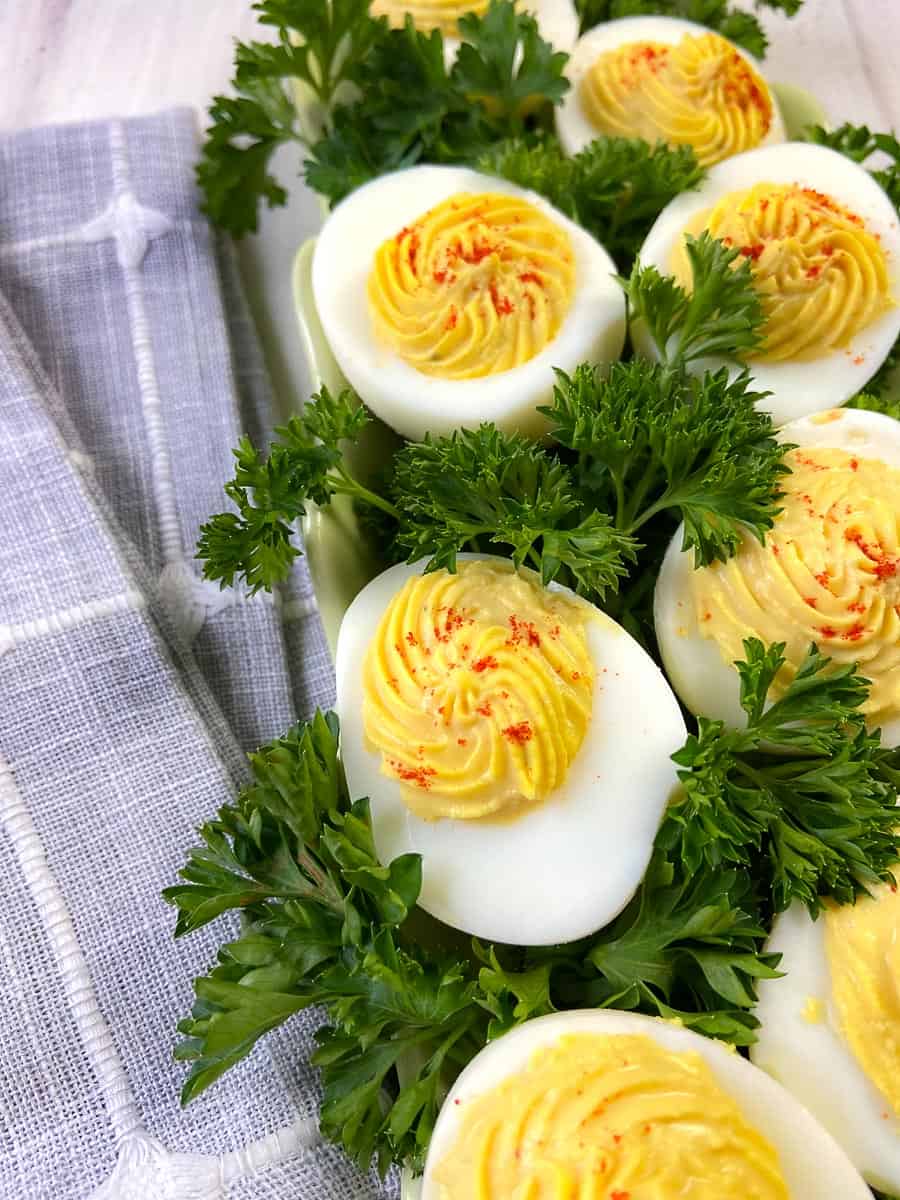
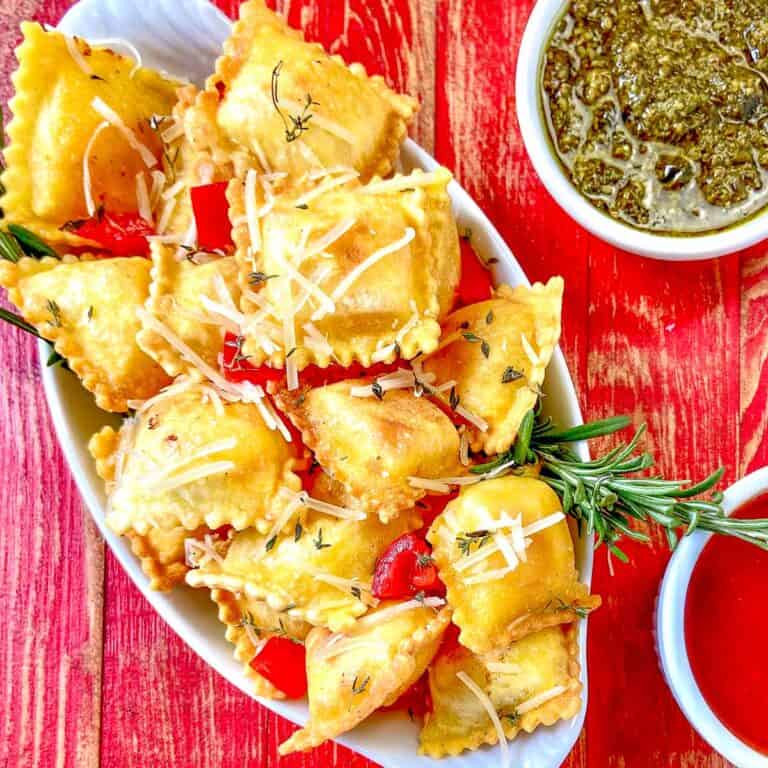

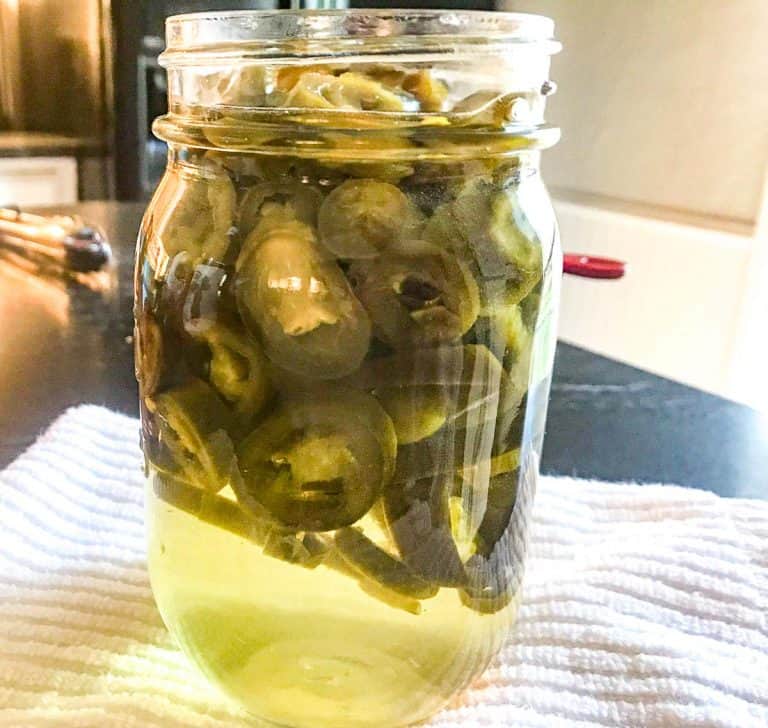
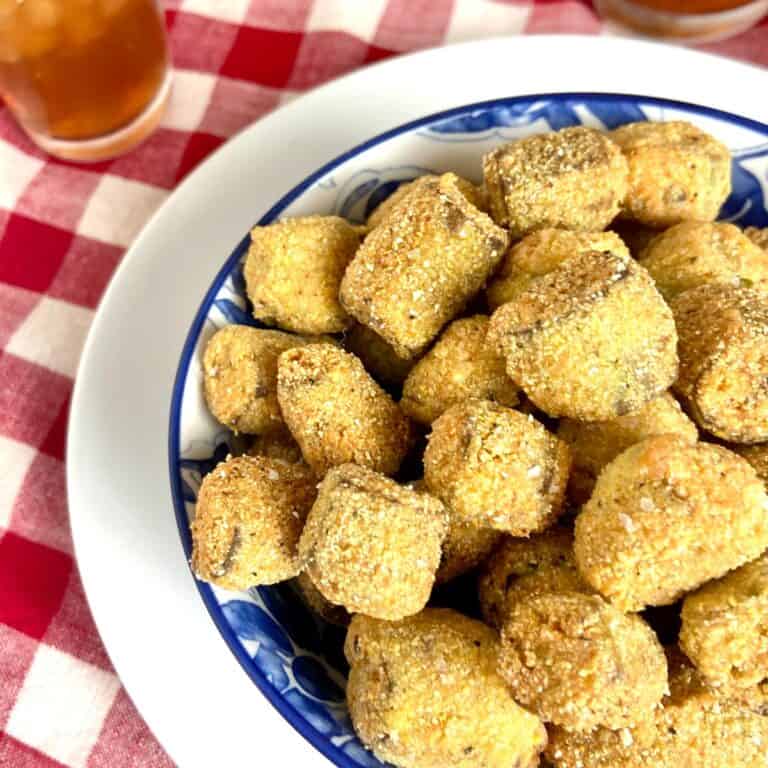


Excellent! I love all the tips on how to make everything, it makes it so much easier. Thank you!!